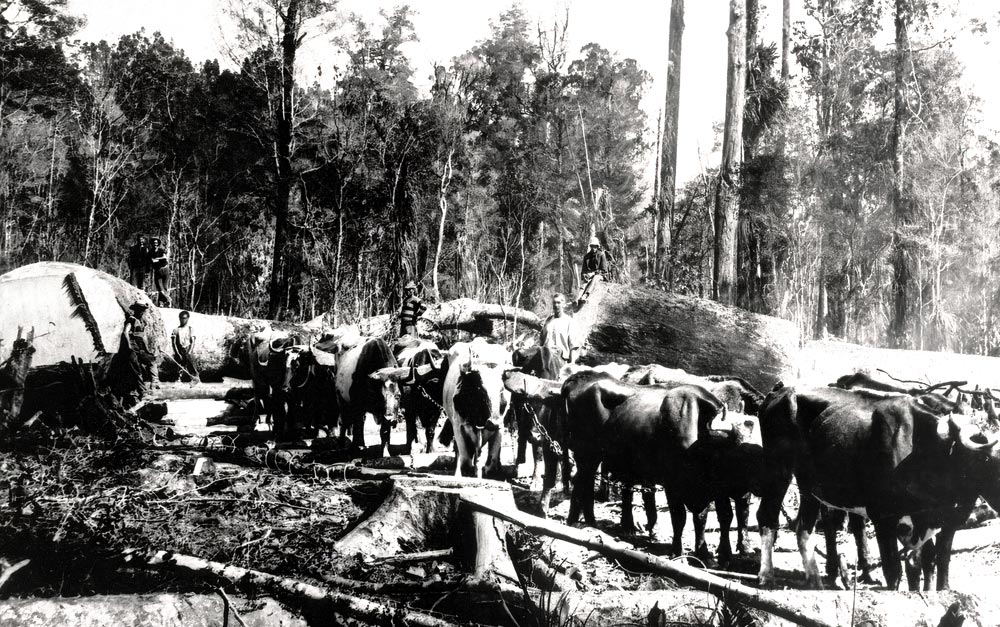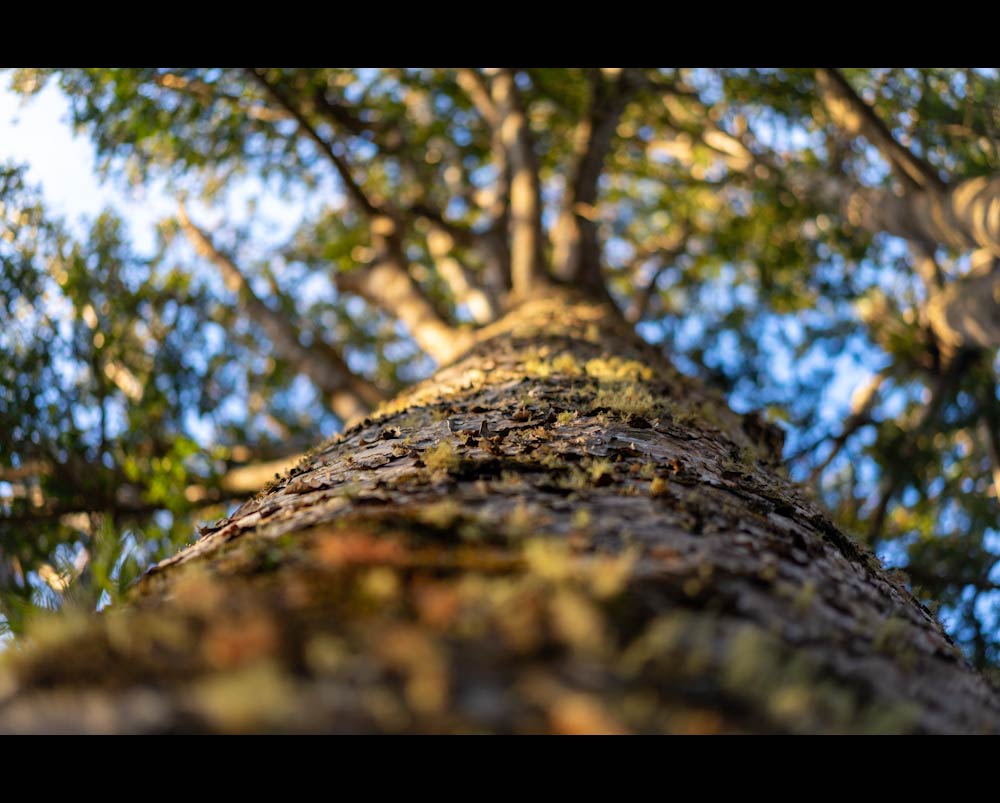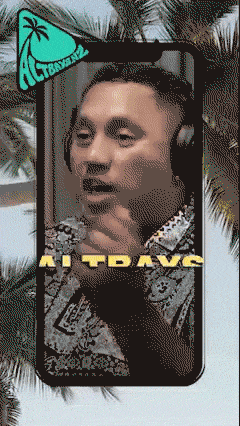
The mighty kauri (Agathis australis) is one of the largest and longest-lived tree species in the world, with some trees living for over 1000 years.
Here in Te Whanganui o Hei Mercury Bay, kauri was first ‘discovered’ by Lieutenant James Cook in 1769. However, it wasn’t the tree he spotted, it was the kauri gum floating in amongst the mangroves in the Whitianga River. He presumed that the gum was from the mangroves.
It was from Marion de Fresne, a Frenchman, that Europe learned of the mighty kauri. He sailed into the Bay of Islands in May 1772 and with the help of local iwi felled trees for masts. Unfortunately, these timbers never made it to their destination, the crew abandoning them within a half a mile of the shore. The sailors returned to Europe in July of the same year empty-handed.
The Royal Navy were on the lookout for straight trees from which they could obtain great topmasts for their larger ships, a height of 74 – 84 feet, with a diameter of 21 – 23 inches.
The largest recorded kauri grew at the head of the Taruru Creek in Thames – recorded at 88 feet in circumference.
The second largest, measured officially in 1840 (by British Admiralty timber purveyor from the HMS Buffalo, Thomas Laslett), was in the Ounuora (later named Mill Creek) valley and was known as ‘Father of the Forest’ or ‘Father of the Kauri’. It had a circumference of 72 feet and measured 80 feet to the first branches. It was reported to be dead by the 1850s; it was still in existence in 1870, but may have been destroyed in a forest fire.
Captain Ranulph Dacre sent a crew to Mangonui in the north to procure masts, but discovered the trees were too short. In 1831 they sailed into Te Whanganui o Hei Mercury Bay on the schooner Darling. Seeing an area that appeared to have the trees needed, on behalf of Dacre the crew purchased the block and began a settlement of houses and stores. The first timber shipment however was destroyed by fire along with the buildings.
Gordon Davis Brown met Captain Dacre in Sydney and travelled to Aotearoa New Zealand in 1829 and worked for him in the Firth of Thames. In 1832 he travelled to Mahurangi and was to procure one hundred spars. He departed Mahurangi in 1834, after some discord with the crew of the HMS Buffalo regarding ownership of trees.
During 1836 – 1837, Brown established himself on the east, or highest side of the harbour, in Whitianga and with the aid of local Māori, squared blocks of stone to build a wharf, many of which were six feet long, four feet wide, and two feet thick. This was so well constructed it is still in use today, some 187 years later, for a ferry service. In fact, this wharf is possibly the first wharf built of hewn stone in Australasia. The last of the contract spars for the British Admiralty were shipped out from this wharf.
Towards the end of the 1850s, vessels carrying kauri back to Tamaki Makaurau Auckland from Tairua, Te Whanganui o Hei Mercury Bay and Kennedy Bay, had increased considerably. with Whitianga wharf being one of the busiest wharves in Aotearoa New Zealand. In the mid-19th century, kauri was being exported all over the world and was used to rebuild San Francisco after the devastating earthquake and fire of 1906.

The main milling era began in the 1860s.
Another ‘first’ in Australasia for Gordon Brown was the construction of a water-driven sawmill in the Ounuora valley. This earned the area the name of Mill Creek.
Each milling operation was named according to the area worked. There were roughly eleven timber mills in the area, with Mill Creek holding the record for 300,000 feet of timber milled in four weeks by David Hamilton and Robert Middlemas with crosscut saws.
The second kauri timber mill was erected at Ferry Landing in 1862 by Thomas Peacock, William Meikle and Benjamin Gilmour, directors of the newly formed Mercury Bay Timber Company. The Whitianga township grew up around it, with stone-built houses, stores and even the first school for Mercury Bay.
However, by 1881 the mill and the township were outgrowing the space; it was decided to shift the mill to the west side of the river where the current Whitianga town is sited today. The mill was literally barged across the river and once in its new home, operated on 20 acres of land, mostly over the area where the Mercury Bay Museum now sits.
In 1888, the Kauri Timber Company took over the mill and expanded the mill site again. In 1909, the Leyland Timber Company took possession of the mill and all the timber associated with it. The mill was in operation until 1922, when large-scale kauri sawmilling ceased in the area.
In 1924, after almost 60 years of milling, the last timber was hauled out of Wharekaho Simpsons Beach and the No Gum mill areas.
It is estimated that 500 million feet of timber was exported out of Te Whanganui o Hei Mercury Bay. Between 1870 and 1930, 200 million super feet of kauri timber was removed from the Kauaeranga Valley alone. Other areas were exploited but the Kauaeranga supplied the richest pickings.
The Mercury Bay Museum has an amazing exhibition telling the story of this giant of the forest and the industry that helped grow towns and cities all over the world.

– Words by Becs Cox, Mercury Bay Museum Manager
Black and White Photographs – Courtesy of Mercury Bay Museum
Colored Photographs – Courtesy of Pete ‘The Flying Kiwi’ May






